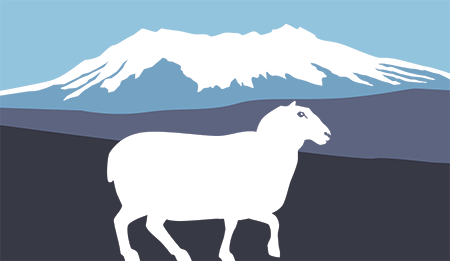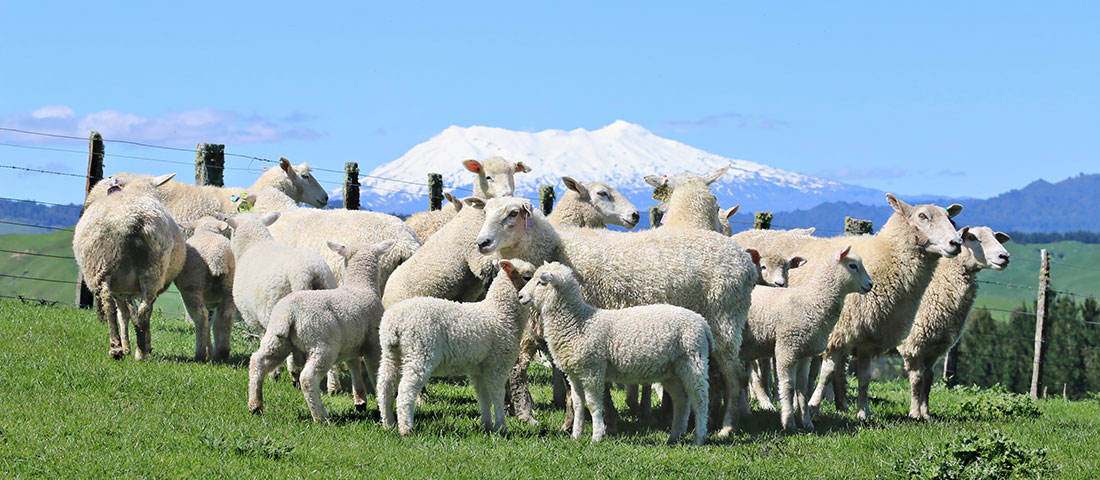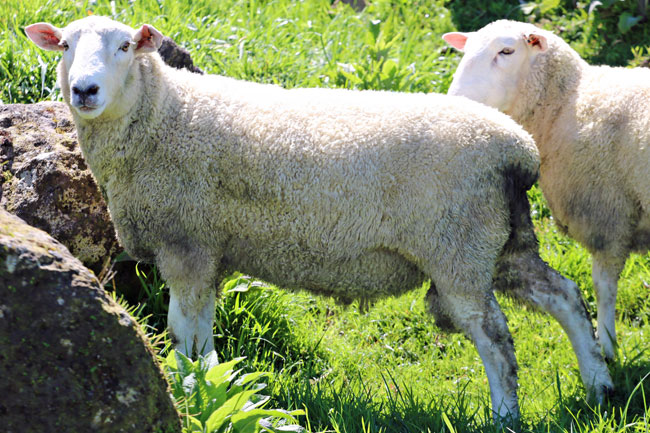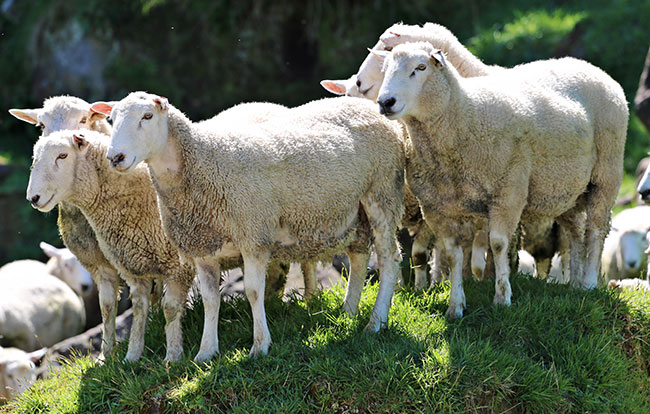


Romani Coopworths offer the modern sheep farmer the best of both worlds – lower costs of production, and increased revenue for maximum profits.
Ross and Ruth have worked hard to ensure not only do Romani Coopworths continue to maintain their excellent level of FE tolerance, but are also capable of thriving under tough conditions and high worm challenge.
This starts by managing all recorded ewes the same, under typical commercial conditions. They get no special treatment, and if anything get pushed harder than the commercial ewes. Apart from at tupping and lambing, the recorded ewes are run with the commercials in large mobs, and are expected to work for their keep.


Since 2005, once they have weaned their lambs as a hogget, any ewe that has required drenching at any stage has been culled. Any ewe that as had flystrike has been culled. Since 2013, we have not dipped for fly or lice. Any sheep that do get flystrike is treated and culled. Any ewe that goes lame is culled, as well as any that develop any teeth faults or that doesn't recover body condition quickly after weaning or a prolonged feed pinch.
Romani lambs also face a tough path to prove themselves.
No lambs are drenched until late January, 6 weeks after weaning. The ram lambs are then FEC counted and drenched, then left for a further 10 weeks to their next drench. This means that right through the summer/autumn they are under heavy worm pressure.
Add in a low feed regime, and it quickly becomes possible to sort the keepers from the culls – Ross is looking for the ones that can manage tougher conditions, worm loadings and FE challenges and still deliver with strong growth rates and carcass yields. To get used in the stud they then need to pass the high FE test, being sporidesmin dosed at .64mg/kg live-weight.

The ewe lambs are fed better to get them to tupping weight by May, but are still only drenched on an as-needed basis. No long-acting or Barbers-pole drench is used at all on Romani, only short-acting oral.
The result?
Rams delivering offspring with meatier carcasses, including a high level of the “MyoMAX®” muscling gene – Romani have struck a balance to deliver genetics that have good growth rates and good meat yield, two that don't always come together.
MyoMax® gene testing is done via Sheep5K Genomic tool, through Zoetis Genetics New Zealand. For more information on MyoMax®, click here.
And the numbers speak volumes – many Romani Coopworth rams record 300-1100 on the SIL meat Index, and growth indices ranging from 1500-2900.
“We are focusing on stud rams that have greater physical robustness, and ability to perform regardless of the worm challenge they face, and our drenching programme helps sort out those that are most worm tolerant.”
Ross Richards.